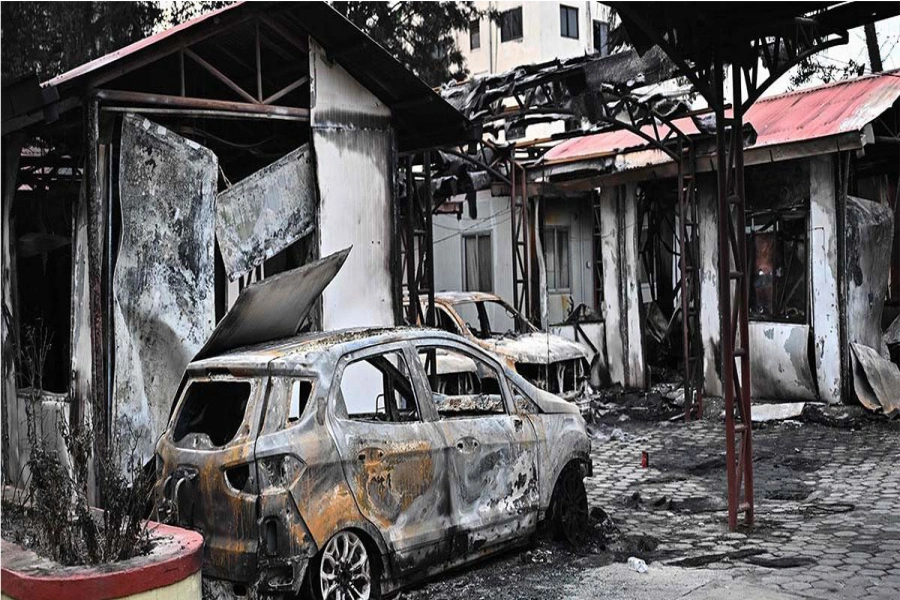KATHMANDU, March 16: A statutory provision requires that the warning ‘smoking is injurious to health’ should appear on every packet of cigarettes. However, the people of Kathmandu Valley are unknowingly inhaling fumes equivalent to the smoking of 10 cigarettes every day.
“Much research has already shown that smoking one cigarette reduces one’s life by 11 minutes,” said Dr Khem Bahadur Karki, member-secretary at the Nepal Health Research Council (NHRC). “On the basis of the air quality and particulate matter in Kathmandu Valley, we have concluded that each person inhales fumes equivalent to the smoking of 10 cigarettes each day,” he said. “Vehicle emission and smoke from factories and brick kilns engulf the Valley, which is shaped like a bowl.”
The recommended annual exposure to PM 2.5 is 10 microgram per cubic meter. But PM 2.5 concentration in Kathmandu Valley air is over five times higher. Ordinary people are not aware how harmful the air is in the Valley.
Active vs Passive Smoking

Emissions from vehicles and factories are life threatening, said Dr Karki. “Air in the Valley is contaminated with sulphate, ammonia, nitrate, carbon monoxide, lead and carbons,” he said. “Such particulate matter is smaller than PM 2.5 and can easily penetrate the lungs and mix with the blood.”
“They can cause severe harm to human health, affecting the lungs and blood circulation,” Dr Karki said. “The impact includes cardiovascular disease, lungs damage, strokes, cancer, respiratory disease and hypertension,” he added. “It is better not to go for morning walks in the Valley. The pollution layer lifts up only from noon to 2 pm.”
Dr Karki further informed that air pollution constitutes 72 percent of the risk for cardiovascular disease and strokes, 14 percent for lung damage and 14 percent for cancers. “The government should take action to strictly promote bigger vehicles, regulate the brick kilns, manage greenery and check pollution and the condition of vehicles on the spot,” he added.
Dr Kabindra M Shakya, assistant professor at the Department of Geography & Environment at Villanova University in the US, told Republica that the long-term issue is the increasing number of vehicles in the Valley. “The number of vehicles registered in the Valley is increasing every year at an unsustainable rate. Even if the traffic issues are solved and road construction work completed, all the pollutants emitted from such vehicles will still be a problem. The government should work to reduce the number of vehicles by either promoting public transport or discouraging private vehicles,” he added.
The population of Kathmandu Valley is 2.6 million as per the Census 2011. There are now more than four million people living in the Valley, including students, job seekers and various entrepreneurs.
According to the District Public Health Office in Kathmandu, the number of non-communicable diseases such as heart and lung ailments and cancer have spiked alarmingly in the last 10 years.





































